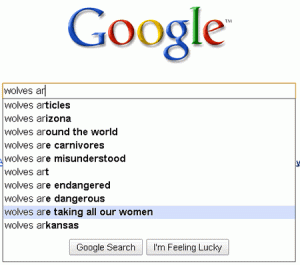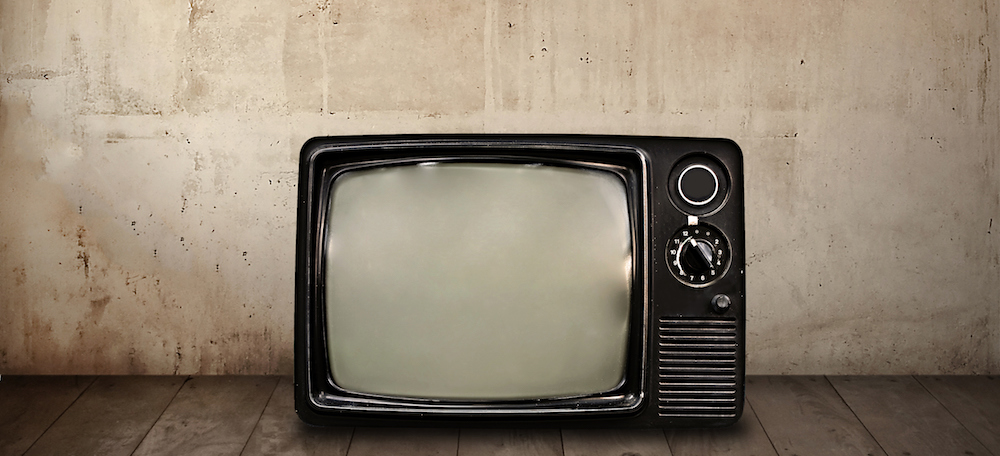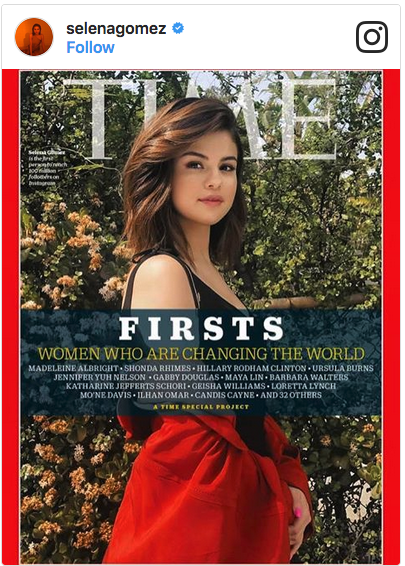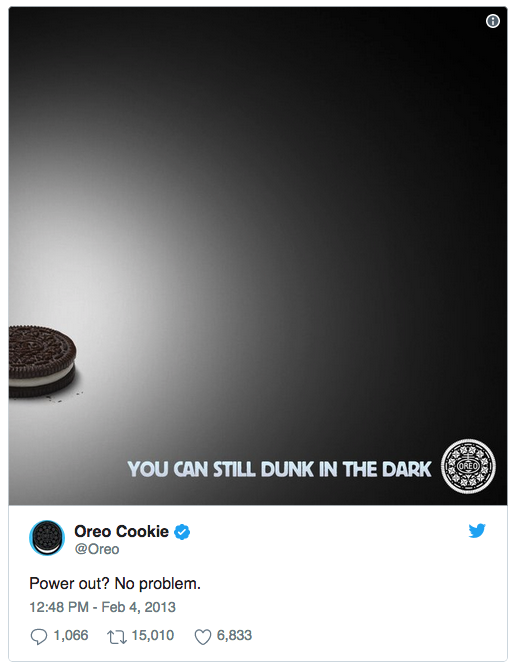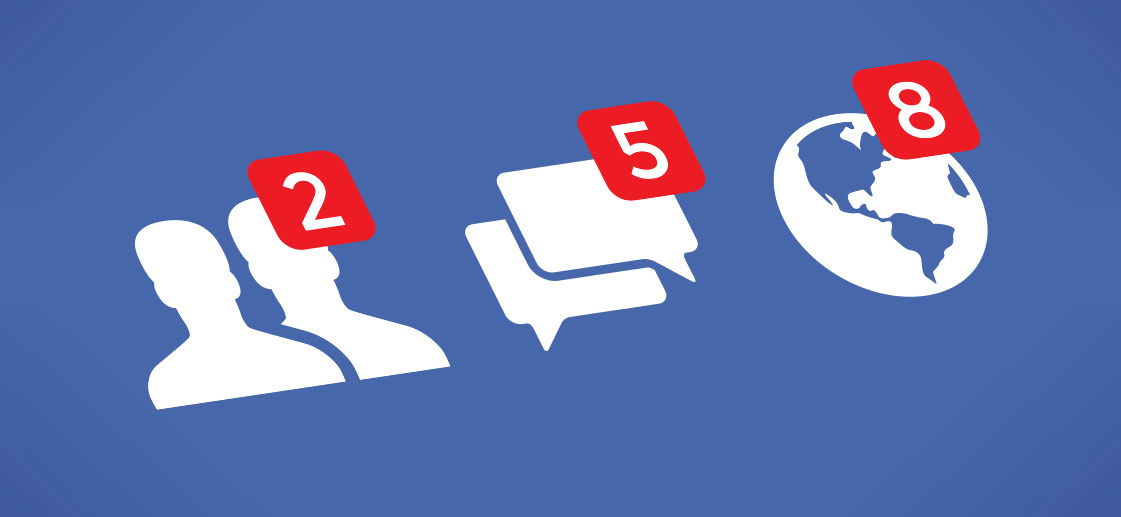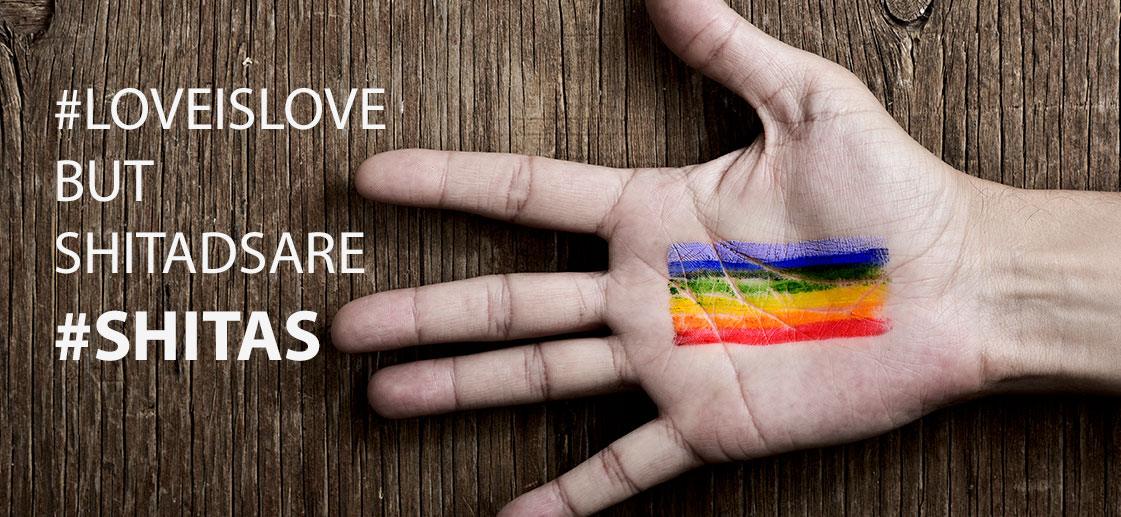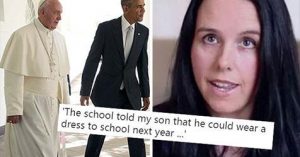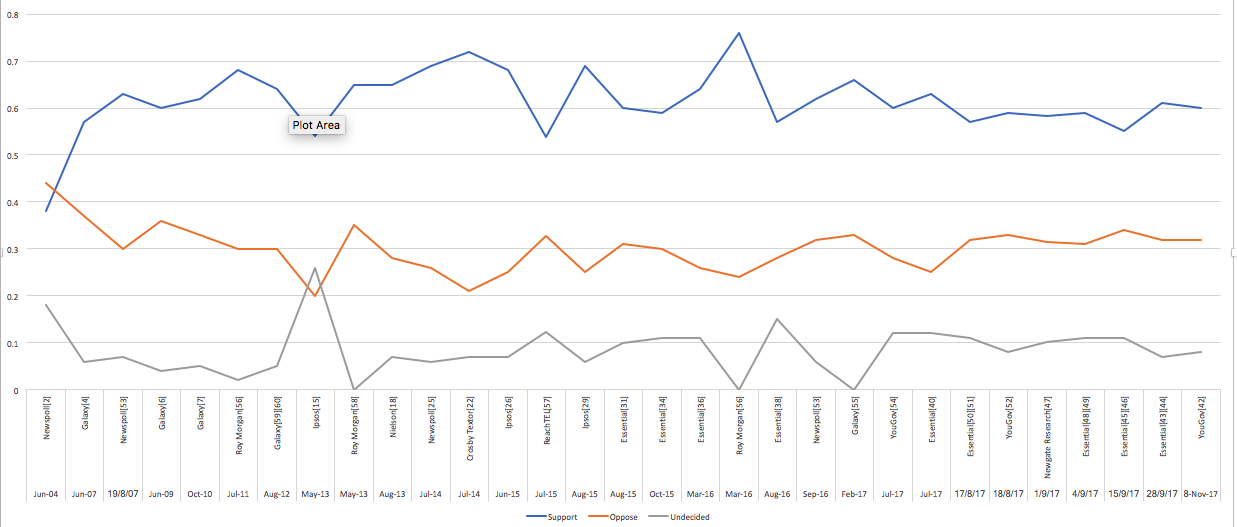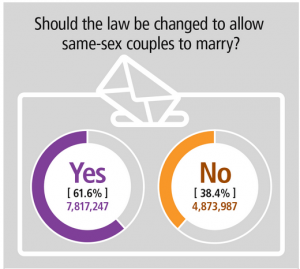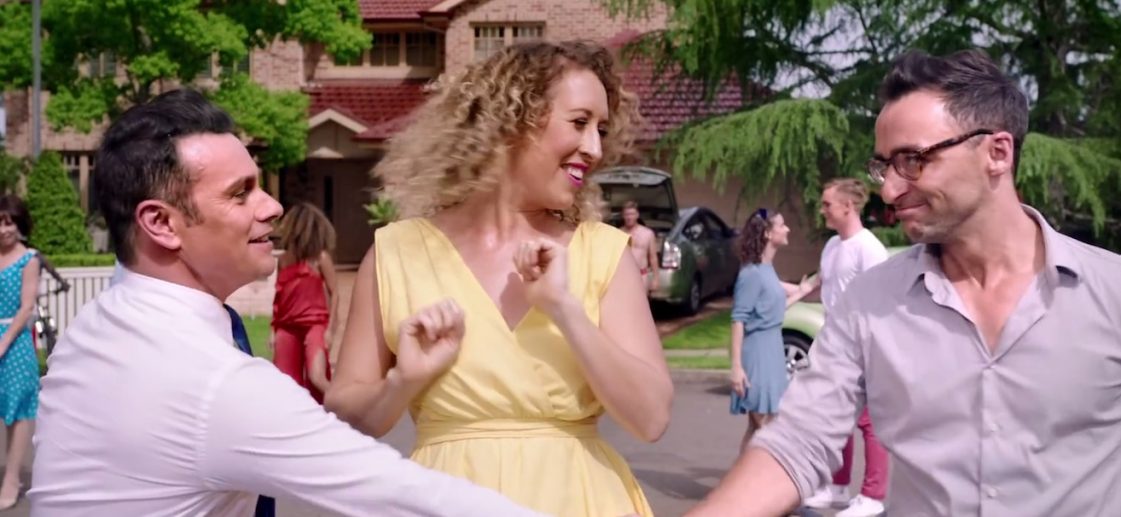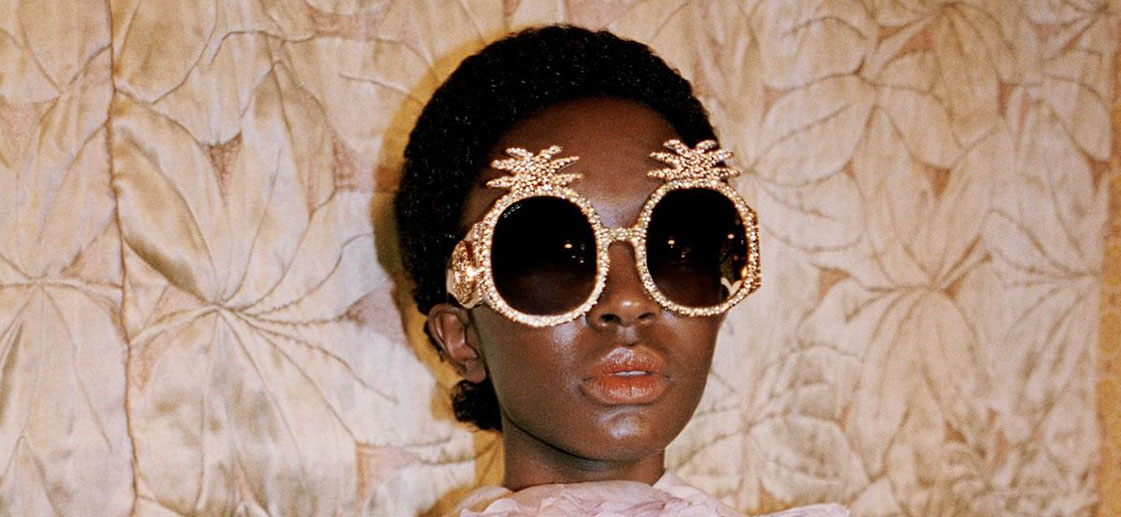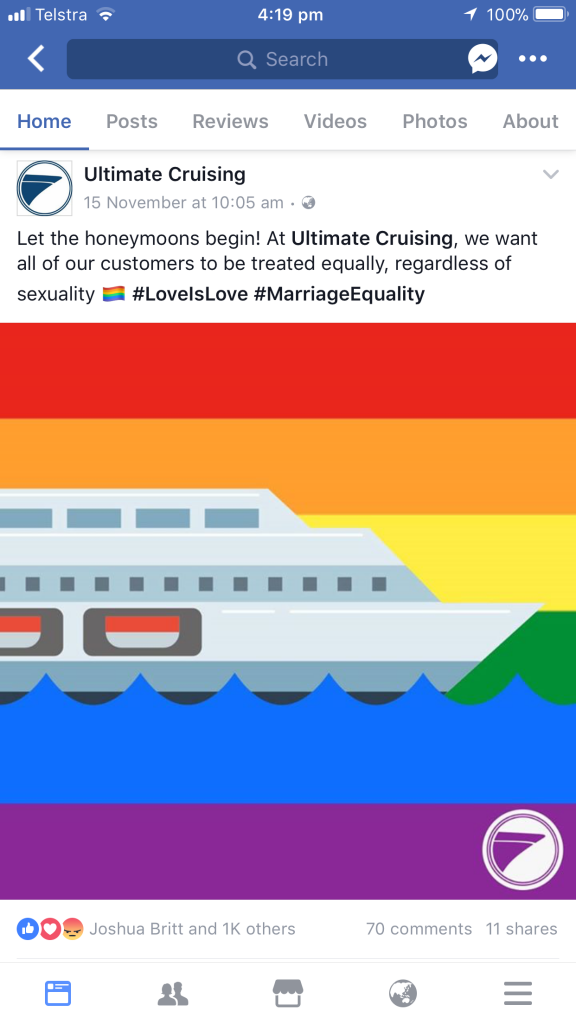IT’S SUPER BOWL TIME
LET’S TALK FOOTBALL TV ADS
Update:
Last year we did a two part series (part two is below and you can find part 1 here) on Super Bowl advertising and how digital can be intertwined and why small and medium enterprises should think BIG. We enjoyed it so much we thought we would take a look at the ads for this year and see if they passed muster.
Get ready for Grammy Winners, Oscar Winners, Hall of Famers and a Super Model to boot. We’ll use a fairly simple grading system Great, Good Enough, Meh, Bad.
ADP – Good Enough
A simple enough premise with pumping music and ADT made a good choice of spokespeople/influencers. You might not know their voices but when the “property brothers” come into frame one is like “oh, yeah, I like those guys”. There might be a bit too much negative language “it’s not about…” but it does a good job of appealing to wide audience and makes the stale idea of security warm and family friendly.
Amazon – Bad
I hate this ad – it’s too frenetic; it wants us to be on the joke but we aren’t, it makes no sense and just makes them look like eff-ups. I am not sure if you needed stars for this ad Harrison got an OK role but Forrest, Abbi and Ilana were left high and dry (or quite the opposite) being wasted. This ad just feels like we had a big budget for this ad lets waste it all.
Audi – Good
It’s funny, it’s aspirational, it has a message. It’s brand building for Audi done the right way.
Avo From Mexico – Good
It’s our first installment from a brand that isn’t familiar in Australia. Overall it sticks with their usual style of humor for their ads, they’ve used Kristen Chenoweth not sure if she was needed but why not throw her in there. It gets a good because it has broad market appeal.
Ban & Viv – Meh
Mermaids appearing on Shark Tank – I like the idea but the payoff at the end isn’t good enough for it to be a reveal. Interesting product and an interesting way to tell your products story.
Bubly – Good
At last, an actual smart use of a celebrity, I knew we would get there. It’s cute, Bublé is well liked and does a good job.
Bud Light – Good
Very interesting alignment, GoT is great at killing off our favorite characters but it’s a bold move for the ad’s mascot to be killed.
Bud – Good
Budweiser is notorious for the use of nostalgia in its branding. We are American as apple pie and baseball. This is an interesting ad for them because they play on old-fashioned values but also introduce the environmental element to the company. I’m giving it a good for their market although I find it personally a bit boring.
Bumble – Good
Strange as it may sound, I genuinely was looking forward to this ad I’d heard about it coming in an article about Serena but I was left wanting more. But then again I am not the target market – and the visuals and music are first class.
Burger King – Bad
I just dislike it, it’s boring who cares if it’s a found footage ad from a documentary. I don’t care how Andy eats his burger and are they insinuating that they don’t put enough sauce on their burgers?
Colgate – Great
Luke Wilson is well liked, simple messaging and good backing track – it’s good clean fun just like your teeth should be.
Devour – Meh
Risque can always mean risky and in America it might be too full on for the average audience but it was executed fairly well and an interesting nugget.
Doritos – Meh
Star power with Chance the Rapper and N’Sync; a funky beat but just feels lame – the mashup between the two seems forced. But it does deliver the message that Doritos is cool but now hot. Almost good.
Expensify – Good
Who doesn’t love Adam Scott; Two rap stars in a row. It does automatically give you street cred but does it lose street cred for the rappers? Regardless again the scene is set up nicely, there’s humour and the messaging is on point.
Google – Meh
Did this hit you right in the feels? It didn’t for me – it felt like the kinda schmaltz that you expect from a multi-national but not really Google. Humans are good and so are we…
Hulu – Good
Very different, very interesting, and with an already popular product Hulu did a good job.
Hyundai – Great
Why would we need to tout how good our cars are when we can tout the least important part of a car the buying of it? It main sound like a silly concept but it’s actually quite ingenious – because most people don’t like shopping for cars but also most people won’t go on many test drives so if you can be one of the few by offering a great experience buying. And I have a huge soft spot for Jason Bateman.
Kia – good
Not that we would know it in Australia but Kia have tubthumped their American factory often for the US audience so when the Super Bowl is being played so close to your factory why not try and cash in. It may not work for me but for the intended audience – it works.
M&Ms – meh
M&Ms are well known for their humorous, childish personified red and yellow M&M characters. And this is a great twist on the rambunctious kids in the back seat trope but it is more than a little jarring to see a mum say they will eat their kids… even if it is Christina. Maybe I am holding them to a higher standard but that’s only because they have set that standard themselves.
Mercedes – bad/good
Mercedes are for… ahem… wankers and I guess this may appeal to that market. Bad for me, Good for them.
Michelob Light – bad
One part of a good ad is being memorable, and this off the wall idea might have worked especially with a young fan favorite like Zoe. But in the end it just comes off as pretentious.
My word there are a lot of ads in the Super Bowl… Don’t worry we are passed the halfway mark
Microsoft – Great
Where Google failed Microsoft succeeded you don’t get to say that often anymore – but this human interest story is a winner. I was hooked.
Mint Mobile – Great
A brand I am unfamiliar with but it has all the elements of a solid ad: gross-out factor, animal mascot, smart language, and a good deal to spur action.
NFL – Great
This is clearly a winner for the Super Bowl audience. The targeting is on point! The humour is there – even if you don’t get all the references you can have fun with it. It does a great job of including the female audience. It embraces the leagues history. The only thing I am wondering about is that it is the end of the season why unveil it now?
Norwegian Cruise Line – Good
This achieves its intended purpose makes the ship the star of the travel. Rather than the picturesque destinations it will take you to. It may slightly try to make everyone happy, a couple relaxing on the same boat that kids are zip lining and go karting on? not too sure if they want to be on the same cruise. Overall it’s a bit of fun and might convince some people that hadn’t considered cruising yet.
Olay – Good
A really nice change from the stuffy world of adult moisturiser advertising. Another celeb making an appearance this time it’s Buffy!
Pepsi – Good
More star power for Pepsi with Steve Carell, Cardi B and Lil Wayne. Interesting concept trying to reposition itself rather than the alternative or the ok. Simple, effective.
Persil – Meh
Not much here – a few bells and whistles although the FX could be better.
PLanters, Mr Peanut – Meh
A few more celebrities to go in the countdown, in this installment we have Sheen and ARod, it might appeal to their target market (assuming someone that would watch two and a half men). Do we use footy players in our summer ads, NO and America shouldn’t be putting baseballers in their Super Bowl ads.
Pringles – Meh
I’m not sure if I get this one. Is stacking your Pringles with different flavours a thing or are they trying to make it a thing? Either way more power to them if they can get more people opening different flavours at the same time sounds like more profit. Plus I think it might be a bit too hipster leaning for me.
Simplisafe – Meh
I know our worldview would tell us that Americans especially viewers of a certain channel are peddled with fear on their news all the time but this ad seems to lean in too hard, especially as they are a technological product and making technology out to be a fearful thing. Interesting concept although I think it’s too exaggerated to elevate it passed “meh” for me.
Sketchers – Meh
Tony Romo is likeable, he is a football dude makes perfect sense for the Super Bowl. The messaging is ok but not nearly as inventive as they could have been.
Sprint – Good
Another athlete this time Bo Jackson – this one is simple and effective.
The Washington Post – Good
The best celebrity get so far Tom Hanks, the star of The Post. Although, it may seem to earnest to some – this spot works well in the context.
T-Mobile – Great
I could say this is derivative: a mobile screen typing or the often used what are we for having for dinner dilemma or a little on the nose music choice. But it works together really well and the thought of free tacos is a winner.
Toyota Rav 4 – Meh
Antoiette Harris deserves all the accolades and sponsorships for being an out and out star but over all the challenge expectations mantra that is being extolled here falls short for Toyota.
Toyota Supra – Great
This… now this is fun – it’s a little retro, a little futuristic. A cool little ad – that’s all about the car, then pinball, then finishing off on the car. This works.
Turbo Tax – Great
Robo-child cool. Accountants are real people especially at Turbo Tax CPAs to boot. Great Ad.
Turkish Airlines – meh
Behind the camera celebrity this time with Ridley Scott at the helm for this ad that led into a six-minute short film. The story is ok, shot well, Turkey is beautiful – but did anyone really care about this ad?
we are almost done don’t worry
Verizon – bad
If you haven’t figured it out yet – I am not the biggest fan of cheesy schmaltz and this ad that pulls at the heartstrings with Real American Blue Collar Heroes does not do it for me (though they are heroes – I am not here disputing that).
Weathertech – bad
I don’t own a pet or a heart so it’s hard for me to get on board with this one.
Wix – meh
I have been seeing Wix ads with Kloss ads for a long time in pre-rolls so it doesn’t feel new to me. Even though Wix do offer a fine product – I bet all Wix websites would look amazing if you have a style guide, a super model and professional photography at the ready.
We did it
If you read our discussion yesterday about TV ads and the cost of a Superbowl, you may have come away wondering how your business could really benefit from such an event.
After all, your budget may not go anywhere near that far and in many respects, whilst the Superbowl provides the ultimate exposure, it simply isn’t open to the average size business.
There are a couple of lessons business of any size can take away from the Superbowl regardless of how big or small you are.
You can reach a lot of eyeballs and it doesn’t have to cost the earth.
There is no doubt that a one off event like Superbowl will throw a spotlight on your brand if you were willing to stump up the cash to buy such massive exposure but buying high quality targeted exposure can actually be a whole lot simpler. The beauty of digital (which is why we love it) is with budgets nowhere near as large we can create immensely targeted campaigns that can deliver real results for your business.
Don’t think just one channel – We deal with an array of companies large and small, and many have a variety of marketing initiatives across an array of channels. What the Superbowl ads often do is create a great narrative and produce a phenomenal TVC, but this isn’t where these campaigns end. The ads are merely the tip of the iceberg for most of the advertisers. Each ad will be supported with search, social and dedicated landing pages to ensure that after the audience has seen the ad they can find it, share it and learn more about it. There is a natural PR aspect to Superbowl that your average campaign may not have, but if you work to create a great brand story there is no reason why you couldn’t integrate some tailored PR around your marketing approach whatever channel you use.
Ultimately, Superbowl is an ad campaign on steroids. Whilst the spotlight shines upon the ads themselves the fundamentals of having a great creative story, a targeted message and a fully integrated approach really apply from the Superbowl right down to the most basic of campaigns.








